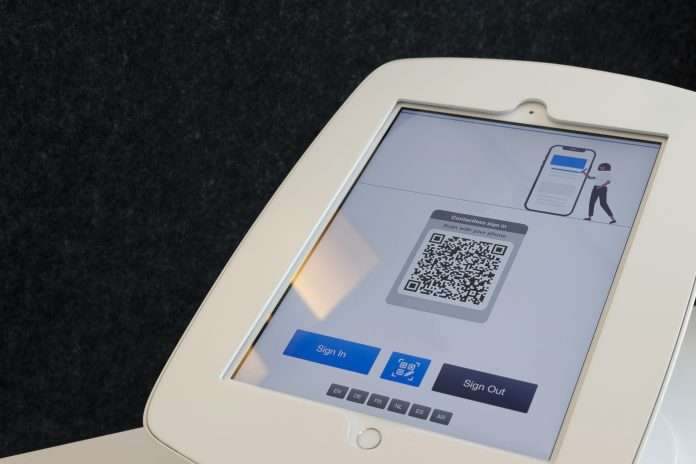Scanning inverted barcodes may seem like a complex process, but modern technology has made it manageable. Barcode scanners, especially camera-based ones, have sophisticated methods to identify and decode inverted barcodes accurately. The key lies in the quiet zone surrounding the barcode and the start and stop patterns inherent in 1D barcodes, as Scanbot SDK explains.
Barcodes contain more than just the values to be read by scanners; they also include additional information that facilitates the scanning process.
For example, the start and stop patterns in a barcode help the scanner determine where the main data begins and ends. In an inverted barcode, these patterns are missing, reducing the risk of false positives.
Traditional laser scanners, which lack image processing capabilities, fail to read inverted barcodes. However, camera-based scanners can go a step further.
Camera-based scanners use the quiet zone, the blank area around the barcode, to identify whether a barcode is inverted.
If the quiet zone is black instead of white, the scanner recognises the inversion. Additionally, 2D barcodes feature prominent identification markers, making it easier for scanners to detect if they are inverted.
Some barcode scanning software includes an “inverted mode” to expedite the process. This mode inverts the camera input to create a non-inverted version of the barcode for processing.
While this approach relies on users selecting the correct mode, automatic detection is generally more efficient. This is particularly useful as inverted barcodes are often utilised on product packaging or marketing materials to align with design aesthetics or in manufacturing industries.
At Scanbot SDK company, they train the machine-learning model powering our Barcode Scanner SDK on various barcode variations, including inverted ones.
This eliminates the need to switch scanning modes, as the SDK automatically selects the optimal method for scanning.
For more information, click here.
Copyright © 2024 InsurTech Analyst


